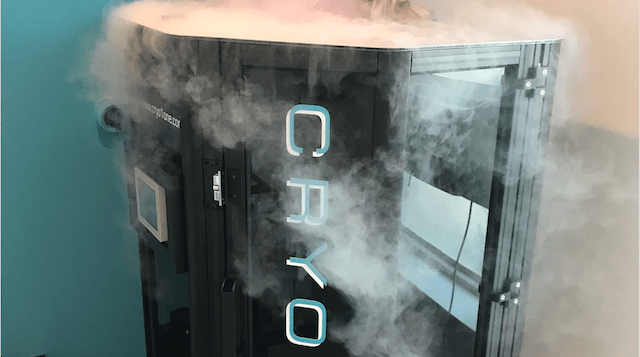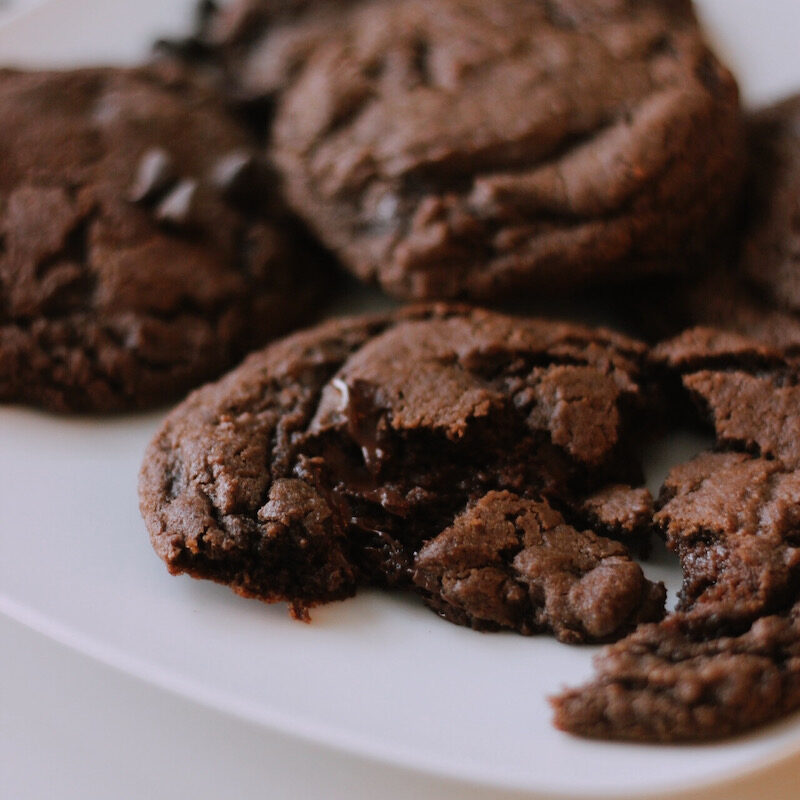By Samantha Klaassen
Does standing in a freezing tank really provide health benefits, or is it just another workout fad? I caught up with SMU alum Kelly Carden of Cryo1one to get the cold, hard facts on cryotherapy.
According to Carden, cryotherapy is essentially like sitting in an ice bath. It helps with recovery from a workout and can also help treat injuries. By cooling the outside temperature of your skin to 32 degrees, cryotherapy puts your body into survival mode, causing your blood to start rushing to your core organs in order to protect them.
“For me, the main draw was that I heard it releases endorphins and gives you an energy boost,” says SMU junior Olivia Anderson. “There are a few benefits that I think make it really good for college students. The first—and best—is the fact that it helps regulate your sleeping cycle. It resets your body and helps to make sure when you do sleep, you’re getting the good quality R.E.M. cycle sleep.”
A lot of people are doubtful of the process at first. “I was obviously skeptical about the whole thing,” says SMU senior Tricia Santos who started cryotherapy after getting a job at Katy Trail Cryo. “I had never tried it before, nor was I interested in trying it, but I tried it out of convenience and turns out I really like it.”
I often have a hard time sleeping at night, so I was happy to find that I felt energized after my just one cryotherapy session. For athletes, however, the biggest benefit would probably be recovery from a tough workout. “The main benefits of cryotherapy do depend on the person. Its main use is to reduce inflammation and to help with blood circulation, but honestly there are so many more benefits,” says Santos. “You also get an endorphin rush in the body after doing cryotherapy, which is what I mainly use it for.”







